Affiliate links on Android Authority may earn us a commission. Learn more.
Google Pixel XL vs Nexus 6P first look
Published onOctober 5, 2016
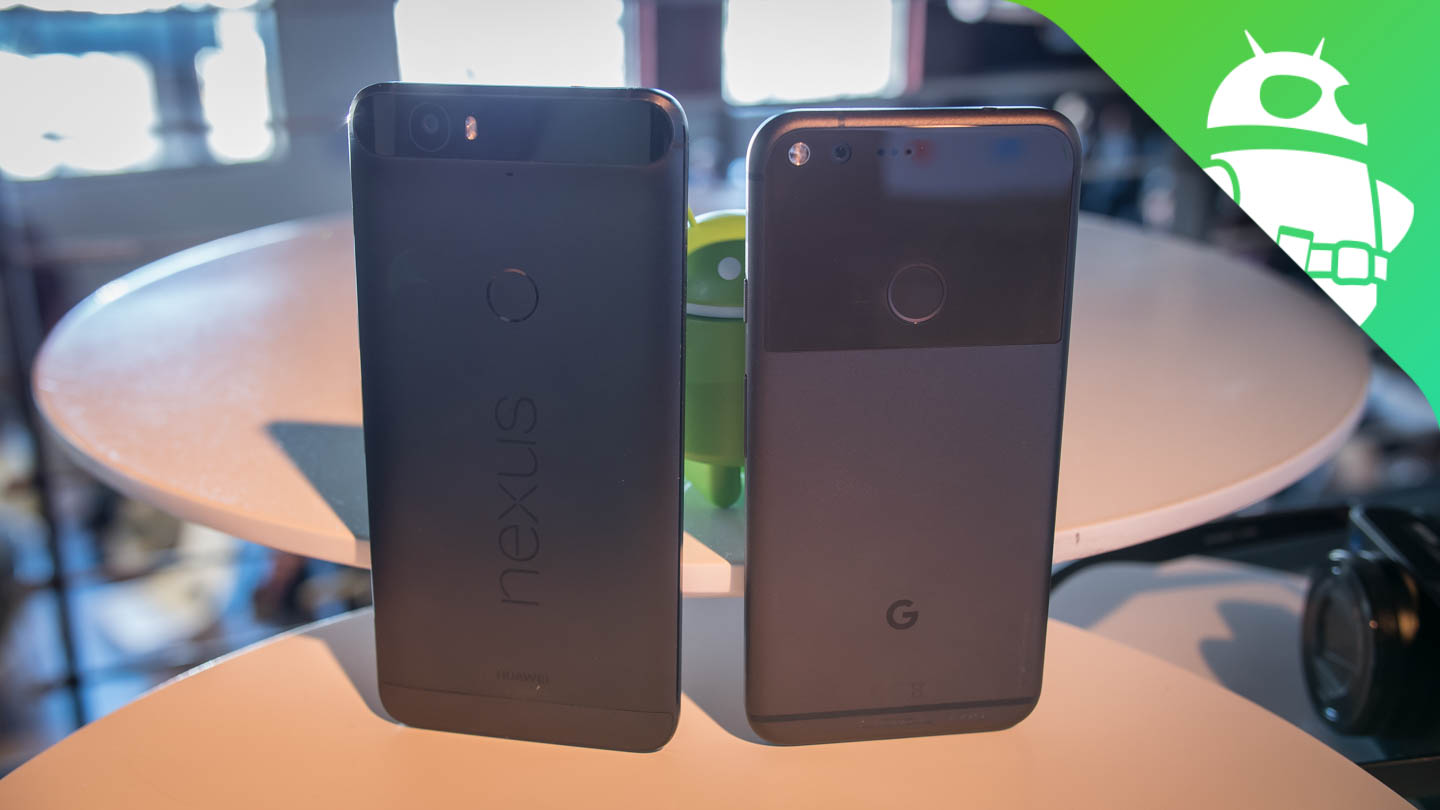
Google has now taken the wraps off the Pixel XL, leaving behind the Nexus family in favor of a new direction that sees Google more directly compete against Samsung and Apple in the smartphone hardware game. The new Pixel XL brings a lot to the table, but how does it compare to its predecessor?
Let’s take a look as we put the the Pixel XL up against the HUAWEI-built Nexus 6P in this quick comparison.
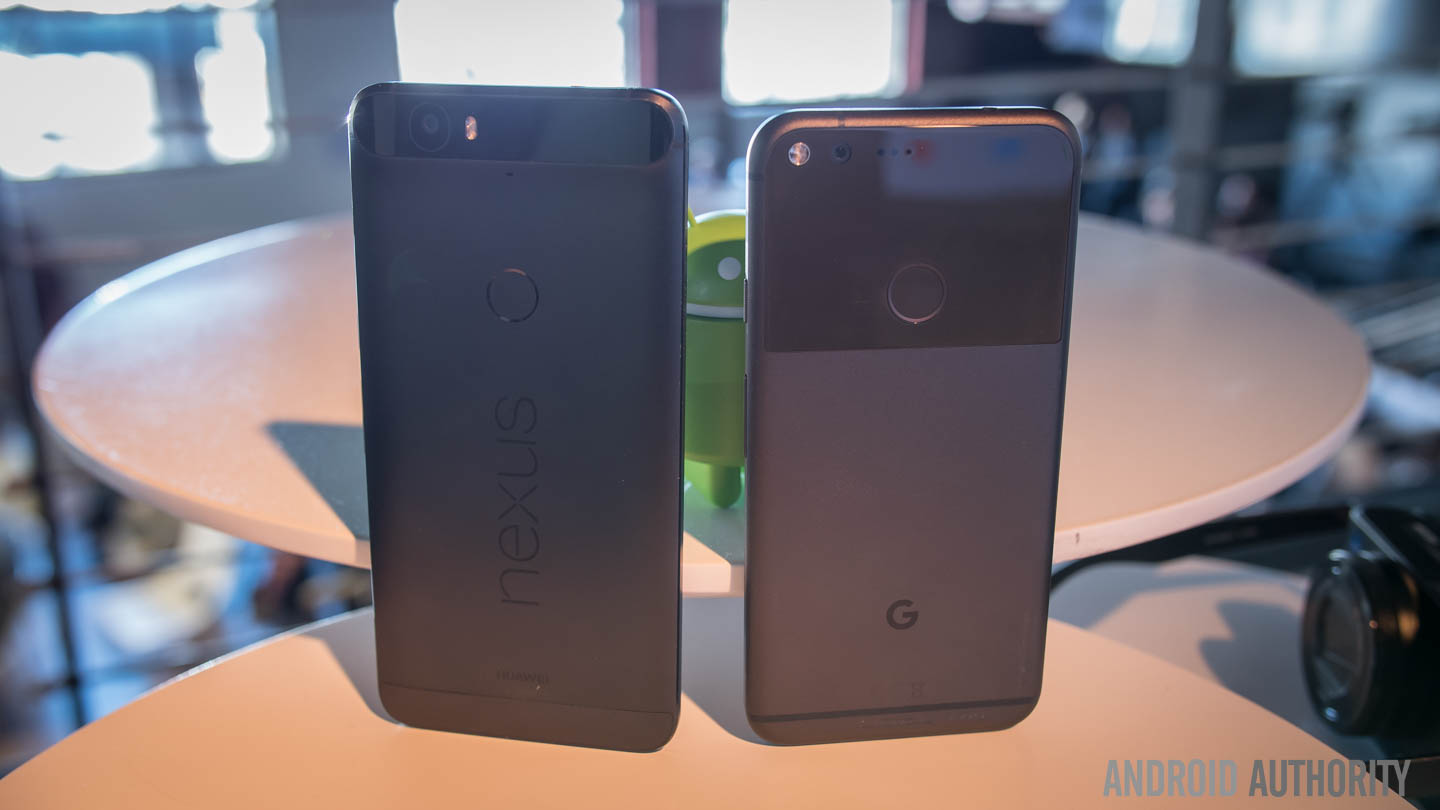
Aesthetically speaking, the Pixel XL and Nexus 6P have little in common in common, other than perhaps the use of metallic unibody designs and the circular fingerprint scanner found on the rear.
The Google Pixel XL offers up a unibody metal design that features a unique area of glass of the rear that starts around the fingerprint reader and stretches to the top. A subtle “G” can be found at the bottom, with no oversized logos or markings in sight. The front of the phone is completely devoid of buttons, with just a single speaker at the top middle, a sensor below, and the front-facing camera found to the left. Below the display is a pretty sizable chin, where honestly we would have liked to have seen a secondary speaker.
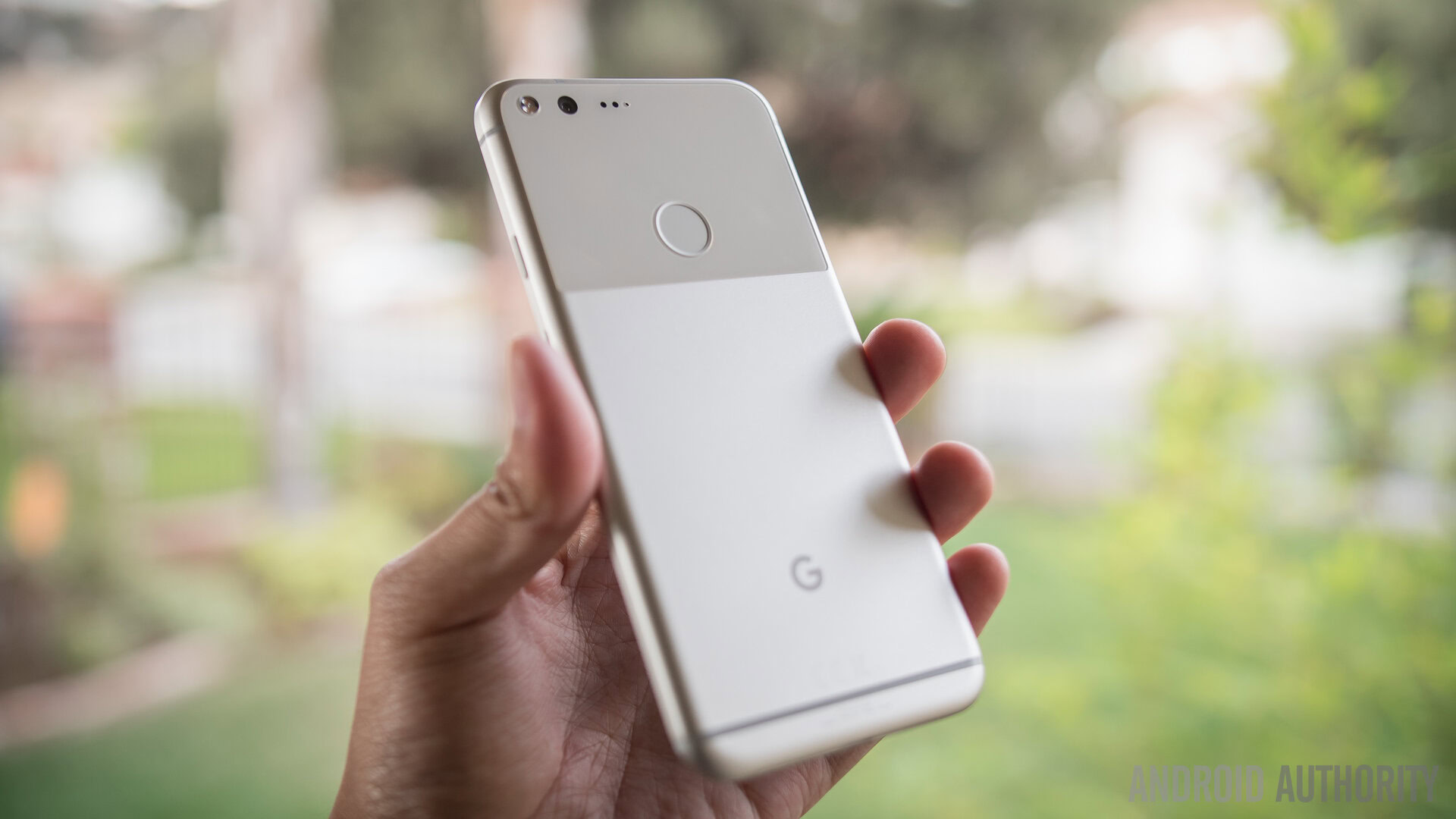
Turning to the Nexus 6P, the Nexus is a bit larger and heavier than the Pixel XL, but it is a bit slimmer for what it is worth. Just like the Pixel, the phone is a unibody metallic device, but instead of the partially glass back, the 6P instead offers a unique camera “wedge.” Otherwise, the back is pretty plain with simple Nexus branding and a circular fingerprint scanner in the middle. One area that the Nexus 6P stands triumphantly over the Pixel is the front-side, thanks to its dual speaker configuration.
At the end of the day, both phones take an otherwise ordinary metallic design and add a little extra flair. With the 6P, it’s the camera bump. With the Pixel, it’s a half-glass backing. We suspect the Pixel’s design will be met with split reception, similar to the 6P before it, but really it comes down to personal preference as to which design is more appealing.

Both the Pixel XL and Nexus 6P offer QHD AMOLED displays, though this time around Google has shrunk the size down to 5.5-inches from the 5.7-inch size of the 6P. The smaller size means the Pixel XL will have slightly higher PPI, but overall you’re looking at pretty similar viewing experiences with all the characteristics you’d expect from an AMOLED panel.
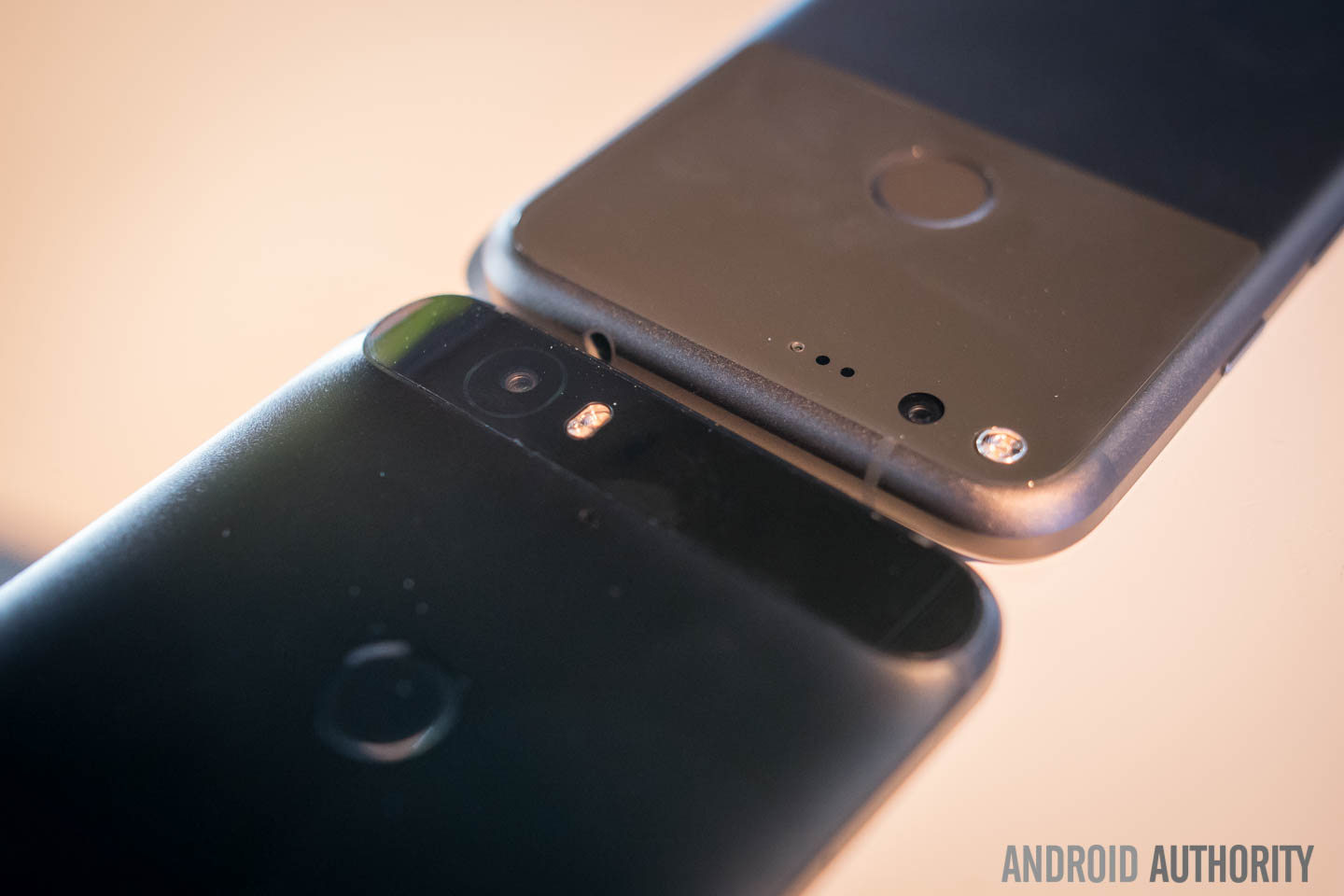
Performance favors the newer phone, which is expected. The Pixel XL features the brand new Qualcomm Snapdragon 821 processor, paired with 4GB RAM. Of course, the Nexus 6P is no slouch with its Snapdragon 810 and 3GB RAM, either. Though the processing package isn’t the latest or greatest anymore, it is more than capable of providing a great Android experience.
If you’re looking for plenty of storage options, the Pixel XL will probably disappoint a little, as your choices are between either 32GB or 128GB. In contrast, the 6P offered 32, 64, and 128GB configurations. Neither phone offers expandable memory, but that’s pretty much expected from Google. It is worth noting that the Pixel XL does include free unlimited storage of videos and pictures at full resolution.
Battery life will likely be fairly similar between these two phones, with both offering 3450mAh battery configurations. Both phones also feature quick charging and USB type-C. Whether the Snapdragon 821 offers any noticeable battery optimizations over the Snapdragon 810 remains unseen, but we’ll be sure to put the phone through its paces once we get our review unit.
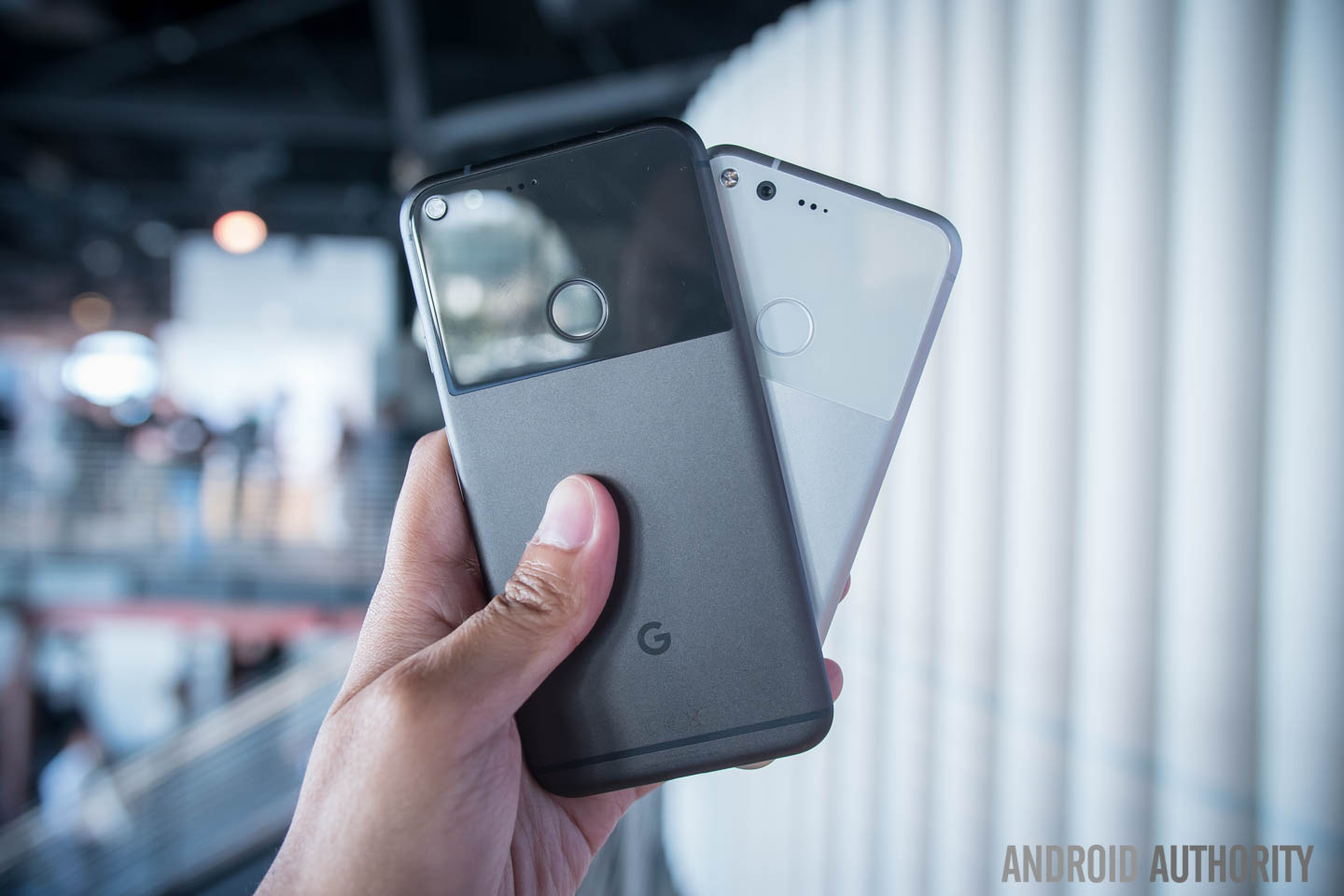
The Nexus 6P completely raised the bar on what to expect from the Nexus family in terms of camera performance. Offering less megapixels in favor of larger ones, the 6P offered a 12MP shooter with f/2.0 aperture that prioritized low light performance. The end result was a pretty solid camera overall.
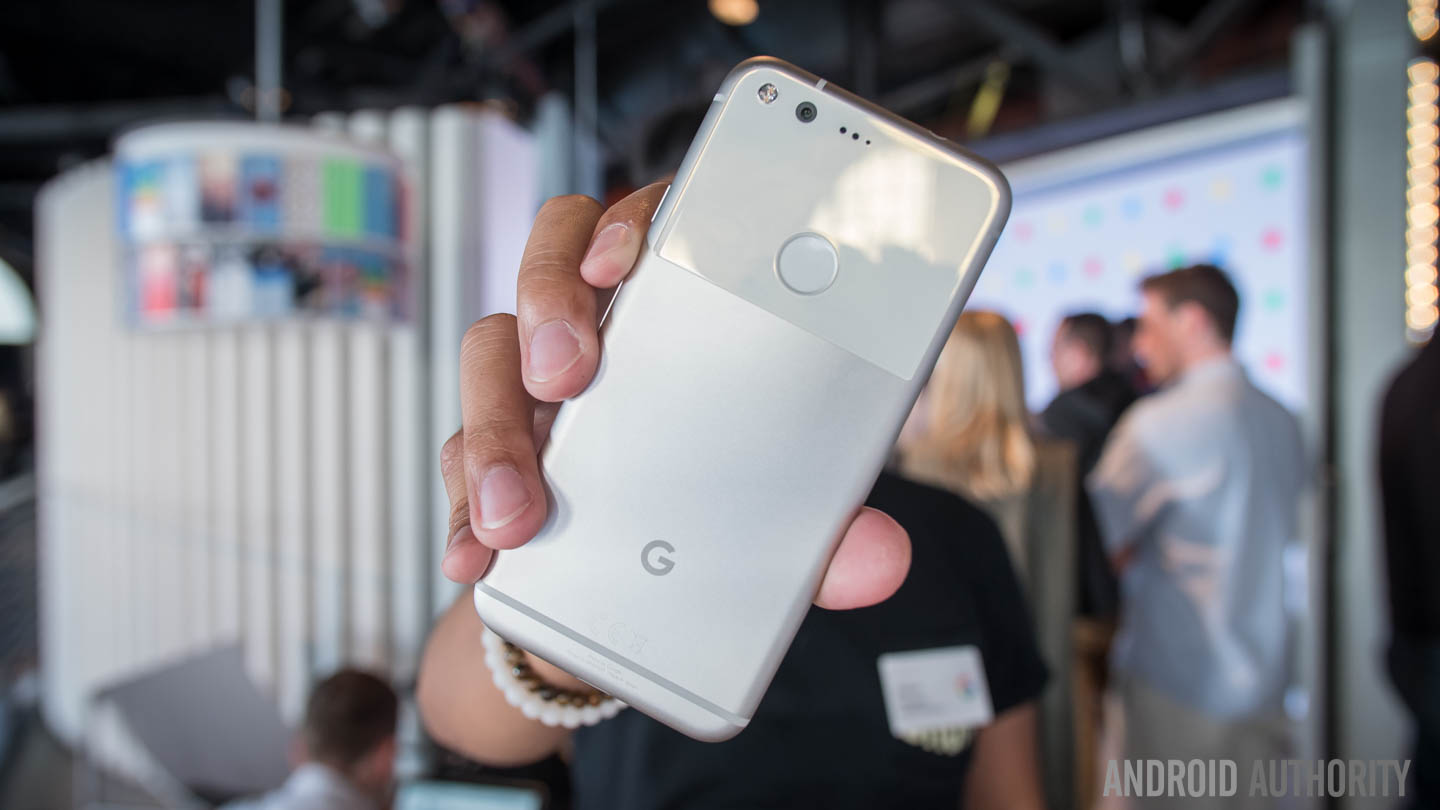
A similar story plays out with the Pixel XL, which features a 12.MP shooter with f/2.0 aperture and 1.55 μm sized pixels. On paper, this is a very similar configuration to the 6P. While we won’t be able to definitively say how the cameras compare until we’ve done a full review, it is worth noting that DxOmark has rated the Pixel XL with an 89 — beating out the Nexus 6P, Galaxy S7, and the iPhone 7 and receiving the highest mark from the company to date.
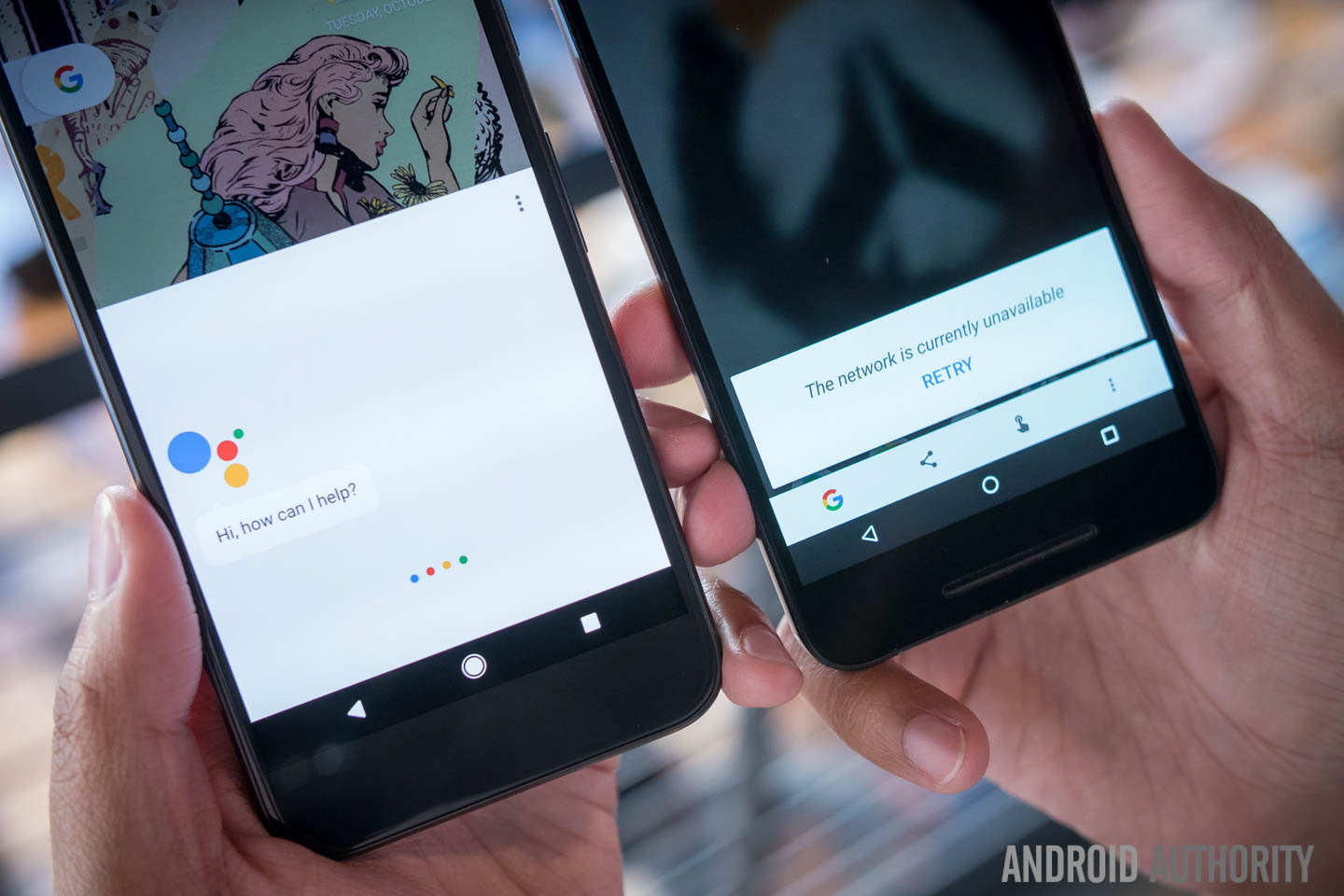
Like the Nexus 6P, at the heart of the Pixel XL is a stock Android experience. That said, Google has been less shy about adding on special features this time around. Out of the box the Pixel XL features Android 7.1 Nougat with the new Pixel launcher preloaded. Swiping up from the dock brings up the app drawer and circles are more the motif for this launcher. Another Google G is in plain view at the top, opening up a familiar Google Now search bar.
But the real star of the show is Google Assistant, now baked right into the OS. Previously found within the Allo application, the latest iteration offers a greatly improved experience over what you’d find with Google Now. Asking it contextual questions yields clear, accurate answers. For example, I asked Assistant to play me wrestler TJ Perkins’ entrance from WWE. Once I said the request, Youtube appeared and played the video in question.
The fast, fluid stock experience is alive and well on the Nexus 6P as well, with Android 7.0 Nougat currently being the latest version on offer. While the experience is largely identical, Pixel Launcher and the baked in Google Assistant are not part of the formula here. While it’s possible these new features will come to the Nexus family in some form down the road, for now these special extras remain something you’ll only be able to experience with a Pixel.
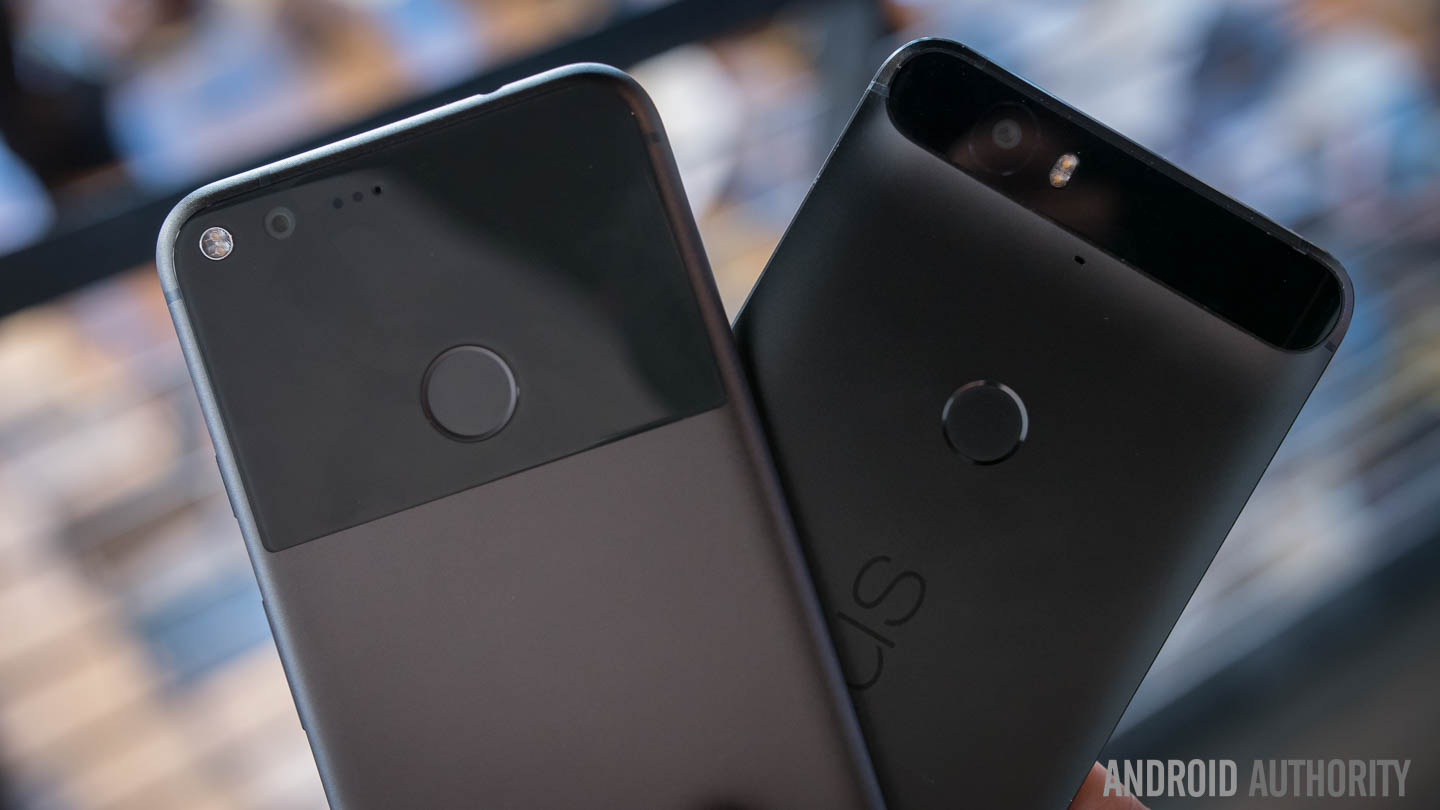
In many ways, the Pixel XL and Nexus 6P share a lot of the same DNA, despite offering different looks and different overall approaches. After all, they both run mostly stock Android software and have been built with Google’s influence. Still, the Pixel represents a big leap forward with Google not just influencing the software and hardware, but instead fully controlling it.
Pricing is another area where the two phones greatly differ. While the Nexus 6P could be had for just $399, the Google Pixel XL’s premium specs and features start at $769. It remains a matter of debate whether the Pixel XL offers enough improvements to justify that price hike, but it’s clear that Google wants to send a very different message with the Pixel family than it did with the Nexus line before it.

The Pixel XL is an evolution of the Nexus formula, a device where Google doesn’t just control the software experience, but has equal power over the hardware. For Google fans looking for a phone built from the ground up with Google’s intentions and full blessing, it doesn’t get any better than that.